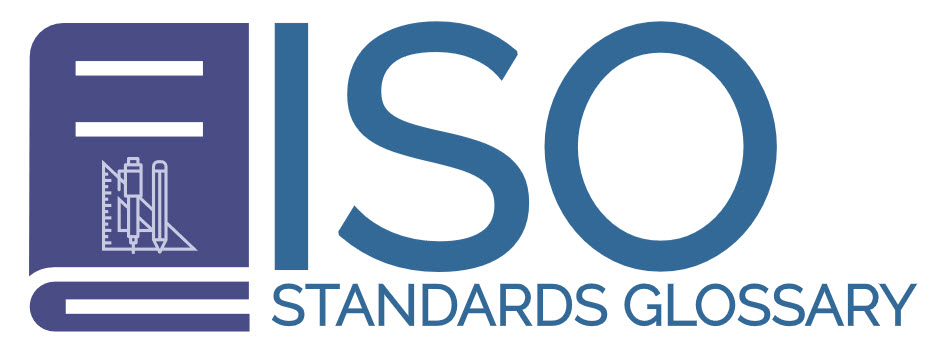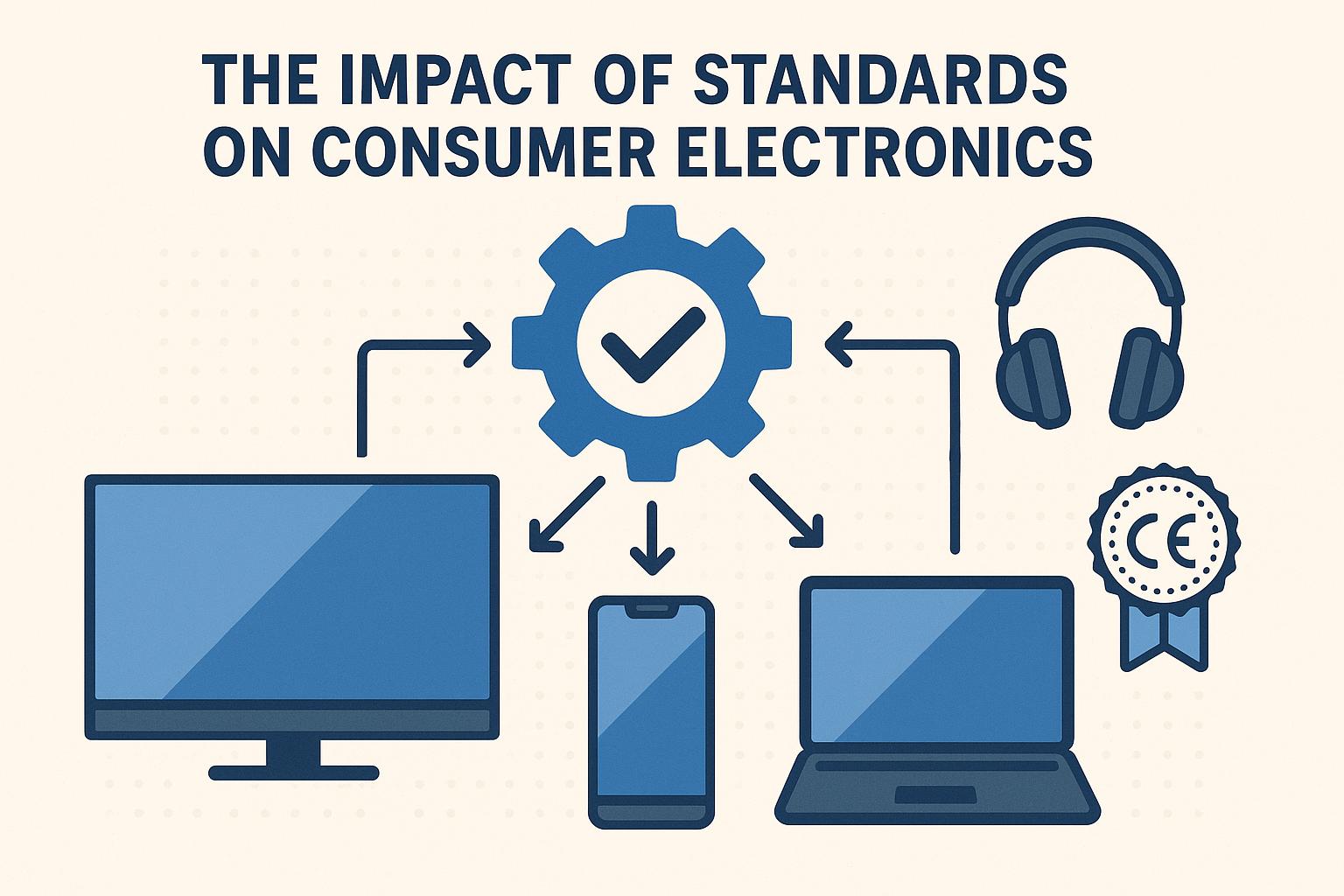The Importance of Standards in Consumer Electronics
The integration of standards in the realm of consumer electronics plays a pivotal role in shaping the landscape of technological innovation and user experience. These guidelines ensure compatibility, safety, and efficiency across a wide array of devices and their interconnected systems, ultimately benefiting manufacturers and consumers alike. The role of these standards is ever-evolving as technology advances, requiring adaptability and foresight to address emerging challenges.
Overview of Industry Standards
In the consumer electronics sector, industry standards come in various forms, including technical and safety specifications that products must meet. These standards are established by organizations with a global reach, such as the International Electrotechnical Commission (IEC) and the Institute of Electrical and Electronics Engineers (IEEE). Compliance with these standards asserts that products adhere to universally accepted norms, promoting a seamless experience across different platforms and devices.
Compatibility and Interoperability
One of the primary impacts of standards in consumer electronics is the enhancement of compatibility and interoperability among devices. Standards like HDMI, USB, and Bluetooth facilitate seamless communication across different products and brands. This interconnectedness allows consumers to use various components together without encountering compatibility issues. For example, the use of USB-C ports is becoming increasingly ubiquitous, enabling users to charge devices and transfer data efficiently across multiple platforms.
The Role of USB-C in Modern Electronics
The USB-C standard is an excellent example of how a technical standard can revolutionize consumer electronics. Introduced to offer a single, unified charging and data transfer solution, USB-C has streamlined the consumer experience. With its reversible design and enhanced data transfer capabilities, USB-C has become a common feature in modern devices ranging from smartphones to laptops. The adoption of USB-C demonstrates how standardization can drive industry-wide improvements in product usability and convenience.
Universal Charging Solutions
The push for universal charging standards is a response to the rising electronic waste and consumer frustration caused by incompatible chargers. The inefficiency of having numerous charger types has long plagued consumers, leading to increased electronic waste. The adoption of standardized charging ports can lead to significant reductions in e-waste, promoting a more sustainable environment. For instance, the European Union has advocated for a common charging interface across electronic devices, a move anticipated to enhance consumer convenience and environmental conservation.
Environmental Considerations
The environmental implications of universal charging standards extend beyond merely reducing electronic waste. A standardized approach can also decrease the demand for resources required to produce multiple types of chargers, leading to less environmental degradation. It also simplifies the recycling process, enabling more efficient recovery of valuable materials, and further contributes to a sustainable electronics lifecycle.
Enhanced Consumer Safety
Standards also play a vital role in enhancing the safety of consumer electronics. Regulatory bodies set criteria for electrical safety, electromagnetic compatibility, and radiation levels, thereby ensuring that devices do not pose risks to users. Compliance with safety standards not only protects consumers but also fosters trust in brands that prioritize these guidelines.
Trust and Brand Reputation
When consumers purchase electronics, they often rely on the assurance that products are safe for use. By adhering to industry standards, brands can build robust reputations based on their commitment to safety and quality. Standards not only compel manufacturers to meet specific safety criteria but also serve as a marketing tool. Consumers tend to favor brands that exhibit a commitment to rigorous safety checks and balances.
Facilitating Innovation
Adherence to industry standards fosters innovation by setting baselines for new technological developments. Manufacturers can focus on enhancing features beyond the standardized requirements, driving forward innovation while ensuring products remain compatible and safe. Furthermore, standards reduce entry barriers for new players in the market by providing a clear framework for product development.
Breaking Entry Barriers
Standards simplify the path for emerging companies by delineating clear specifications and requirements. By meeting these established benchmarks, new players can focus on innovating rather than deciphering complex industry demands. Moreover, standards allow smaller firms to compete with industry giants, paving the way for diverse innovations and increased competition in the market.
The Future of Standards in Consumer Electronics
As consumer electronics continue to evolve, so will the standards guiding the industry. Emerging technologies such as the Internet of Things (IoT), 5G, and artificial intelligence (AI) will demand new standards to ensure seamless integration. Collaborative efforts among industry leaders, regulatory bodies, and standards organizations will be pivotal in crafting guidelines that support these advancements.
In conclusion, standards in consumer electronics serve as essential benchmarks that maintain order and consistency across the industry. Their impact resonates through increased compatibility, safety, innovation, and sustainability. The ongoing evolution of these standards underscores the dynamic nature of the technology landscape, emphasizing the importance of adaptation and collaboration. For more insights into the role of standards in technology, visit this comprehensive guide.

